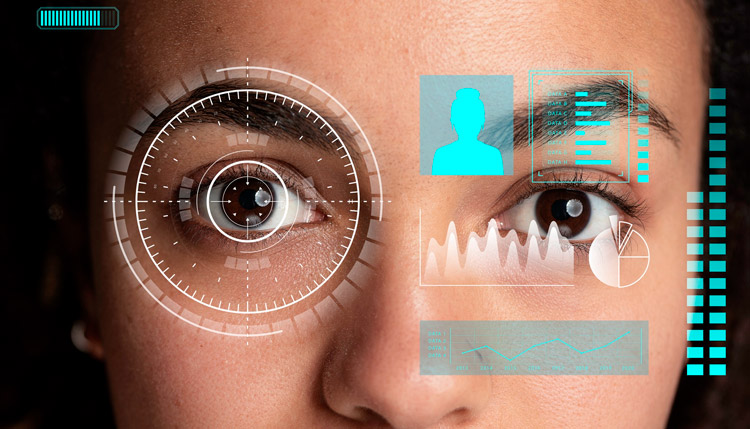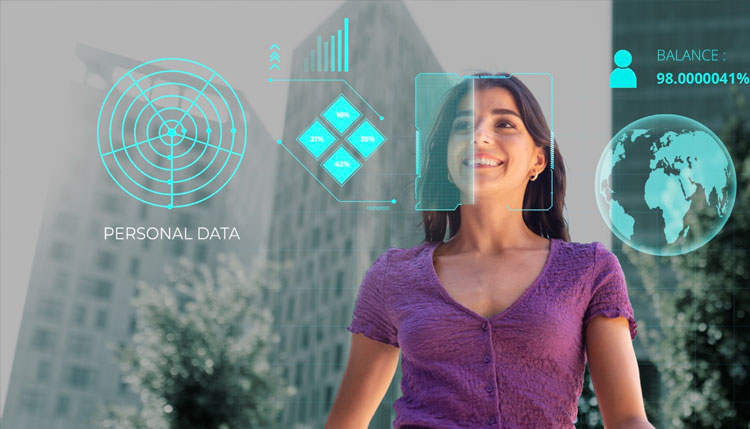
Decentralized vs. Centralized Identity Models
In the ever-evolving world of digital identity management, the debate between decentralized and centralized identity models is gaining significant traction. This blog explores these two paradigms, highlighting their differences, advantages, and challenges, with a particular focus on TrueID, a prominent identity management biometrics service provider.
Centralized Identity Models
Centralized identity models are traditional systems where a single, authoritative entity stores and manages user identity data. This approach has been dominant for years, primarily because it offers a streamlined and controlled way of handling identity information.
Advantages:
- Simplicity and Efficiency: Centralized systems provide a straightforward approach to identity management. Users have a single point of contact for all identity-related issues, making the process more efficient.
- Strong Oversight: With a central authority, there’s usually stricter oversight and regulation, which can potentially lead to higher security standards.
- Ease of Implementation: For organizations like TrueID, implementing centralized models is often simpler because they only need to maintain and secure one central system.
Challenges:
- Security Risks: Centralized models create a single point of failure. If the central repository is compromised, it can lead to massive data breaches.
- Privacy Concerns: Users have less control over their data, which can be a significant concern, especially in cases where the central authority misuses the data.
- Scalability Issues: As the number of users grows, the centralized system may become overwhelmed, leading to performance and accessibility issues.
Decentralized Identity Models
Decentralized identity models, on the other hand, distribute the storage and management of identity data across a network. This approach is gaining popularity, especially with the rise of blockchain technology.
Advantages:
- Enhanced Security: By eliminating the single point of failure, decentralized models reduce the risk of massive data breaches.
- User Empowerment: Users have more control over their data, deciding when and how their identity information is shared.
- Reduced Censorship and Bias: Decentralized models are less prone to censorship and bias, as there is no central authority that can manipulate or deny access to the system.
Challenges:
- Complexity: These systems can be more complex to understand and use, potentially leading to a slower adoption rate.
- Regulatory Hurdles: Decentralized models face significant challenges in terms of regulation, as it’s harder to enforce compliance when there’s no central authority.
- Interoperability Issues: Ensuring different decentralized systems can communicate and work together seamlessly is still a work in progress.
TrueID’s Stance in This Debate
TrueID, as an identity management biometrics service provider, stands at an interesting junction in this debate. They have primarily operated under a centralized model, providing secure and efficient biometric identity verification services. However, the evolving landscape and growing concerns around privacy and data security might incentivize TrueID to explore or even transition to decentralized models.
Conclusion
Both decentralized and centralized identity models have their strengths and weaknesses. The choice between them depends on various factors like the required level of security, scalability, ease of use, and regulatory compliance. Service providers like TrueID play a crucial role in shaping the future of identity management. As technology advances, we might see a hybrid approach emerge, combining the best of both worlds to provide a secure, efficient, and user-friendly identity management solution.
The evolution of identity models is not just a technological shift but also a cultural one, as it requires a change in how we perceive identity and privacy in the digital age. As we move forward, it’s crucial for service providers, users, and regulators to work together to create a digital identity ecosystem that is secure, efficient, and respectful of individual privacy. Thank you for your interest in our blogs. For more information please visit www.trueid.in or write to info@trueid.in.











